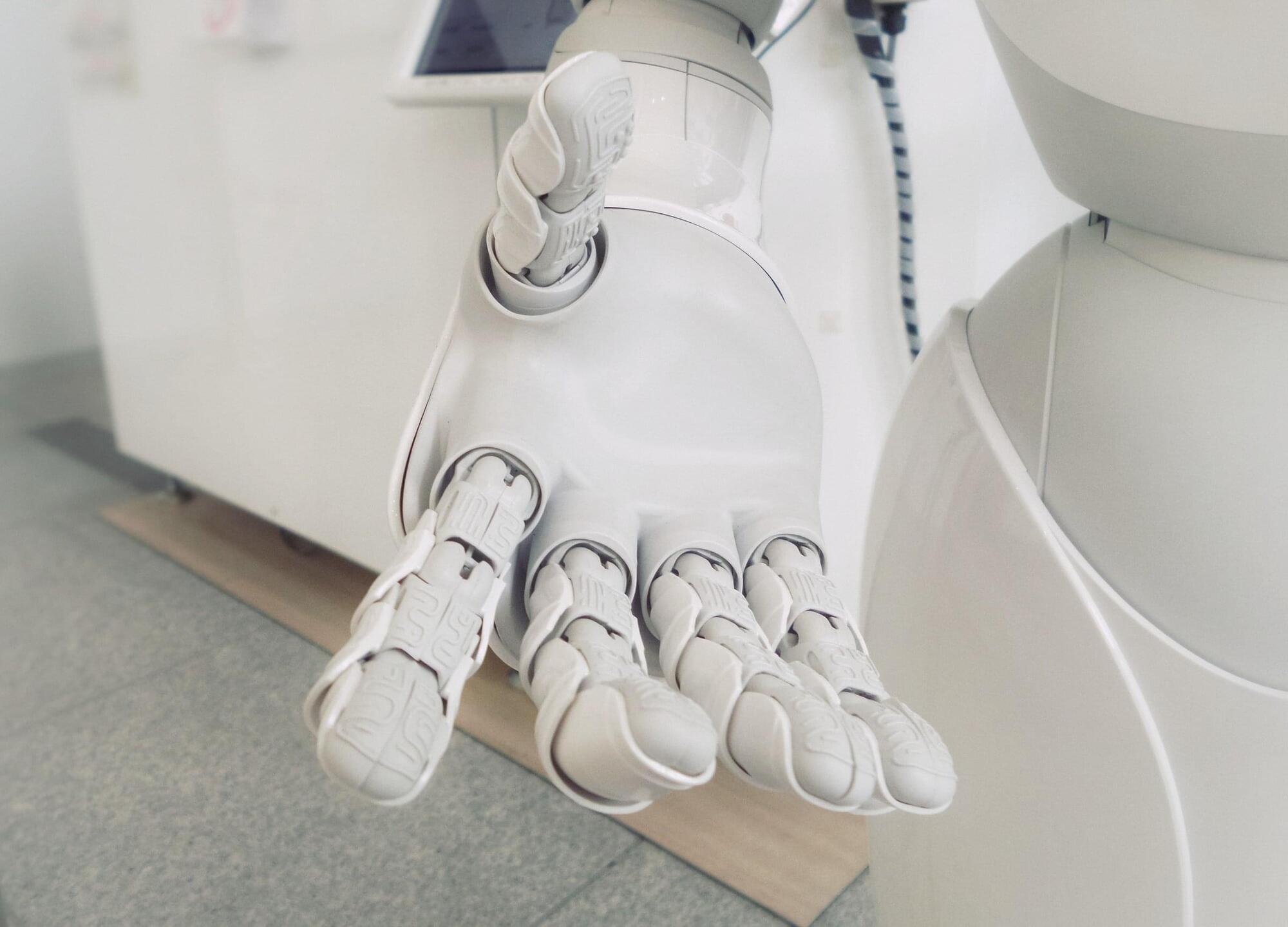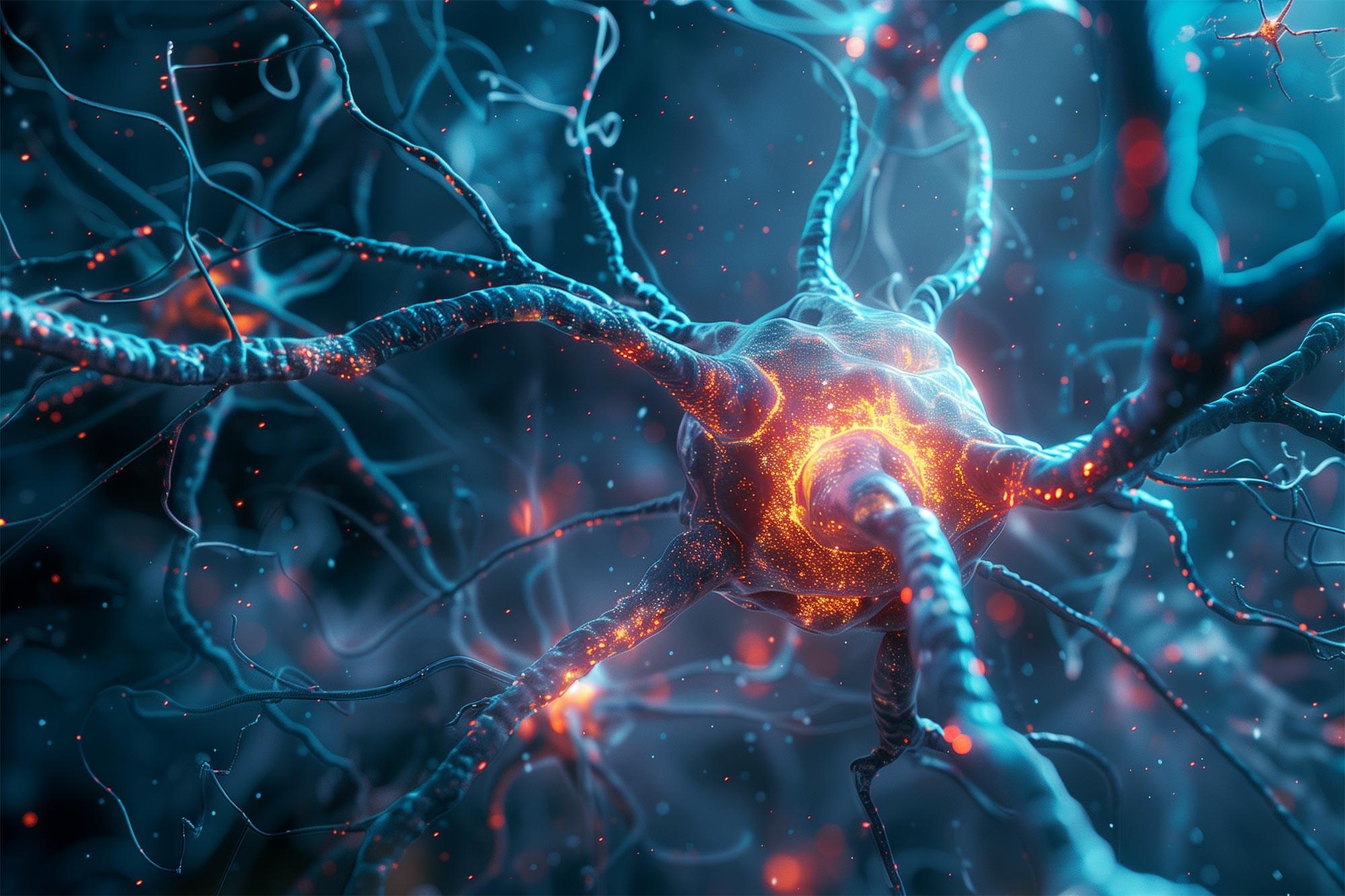Whether it’s CRMs, project management tools, payment processors, or lead management tools — your workforce is using SaaS applications by the pound. Organizations often rely on traditional CASB solutions for protecting against malicious access and data exfiltration, but these fall short for protecting against shadow SaaS, data damage, and more.
A new report, Understanding SaaS Security Risks: Why CASB Solutions Fail to Cover ‘Shadow’ SaaS and SaaS Governance, highlighting the pressing security challenges faced by enterprises using SaaS applications. The research underscores the growing inefficacy of traditional CASB solutions and introduces a revolutionary browser-based approach to SaaS security that ensures full visibility and real-time protection against threats.
Below, we bring the main highlights of the report. Read the full report here.









